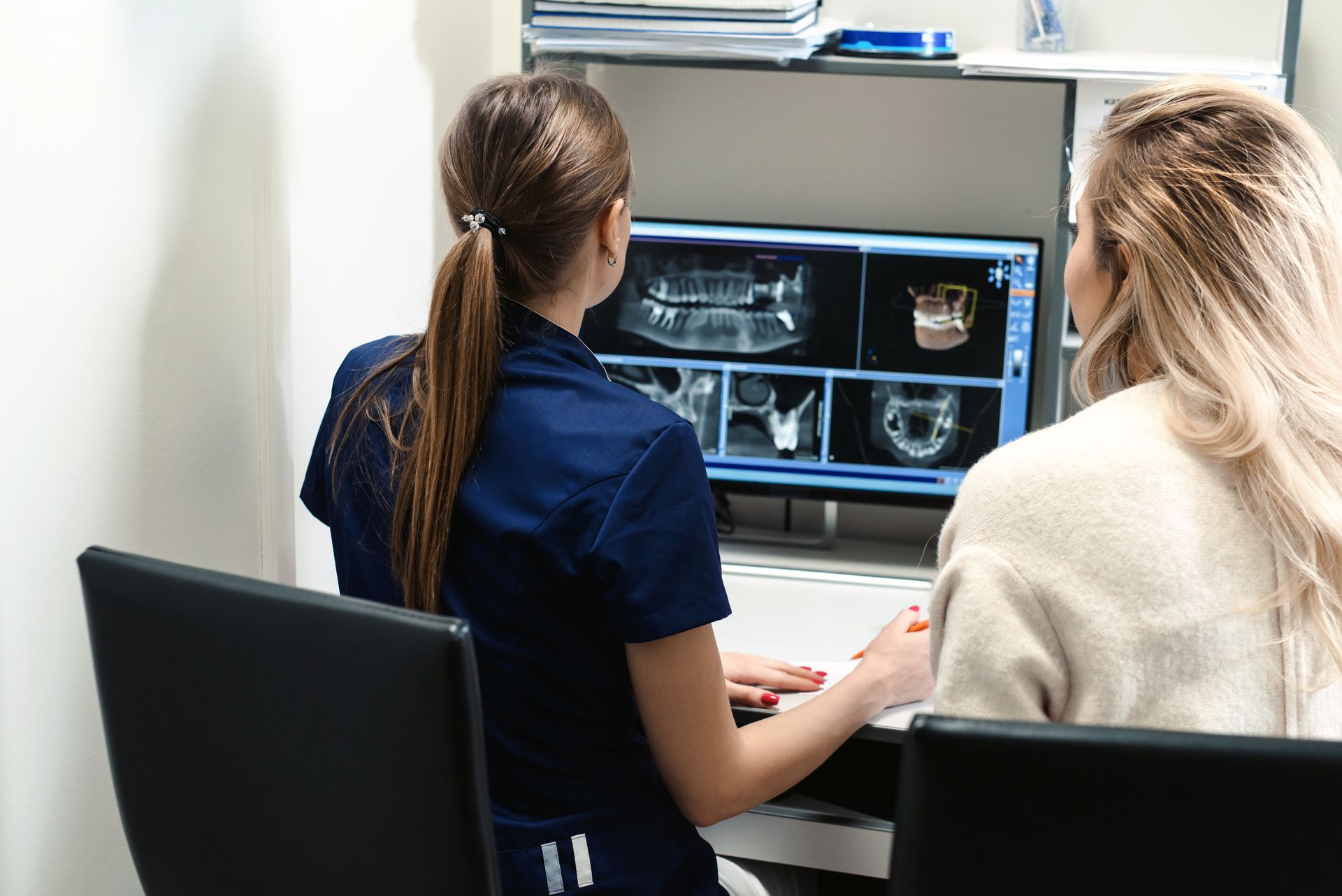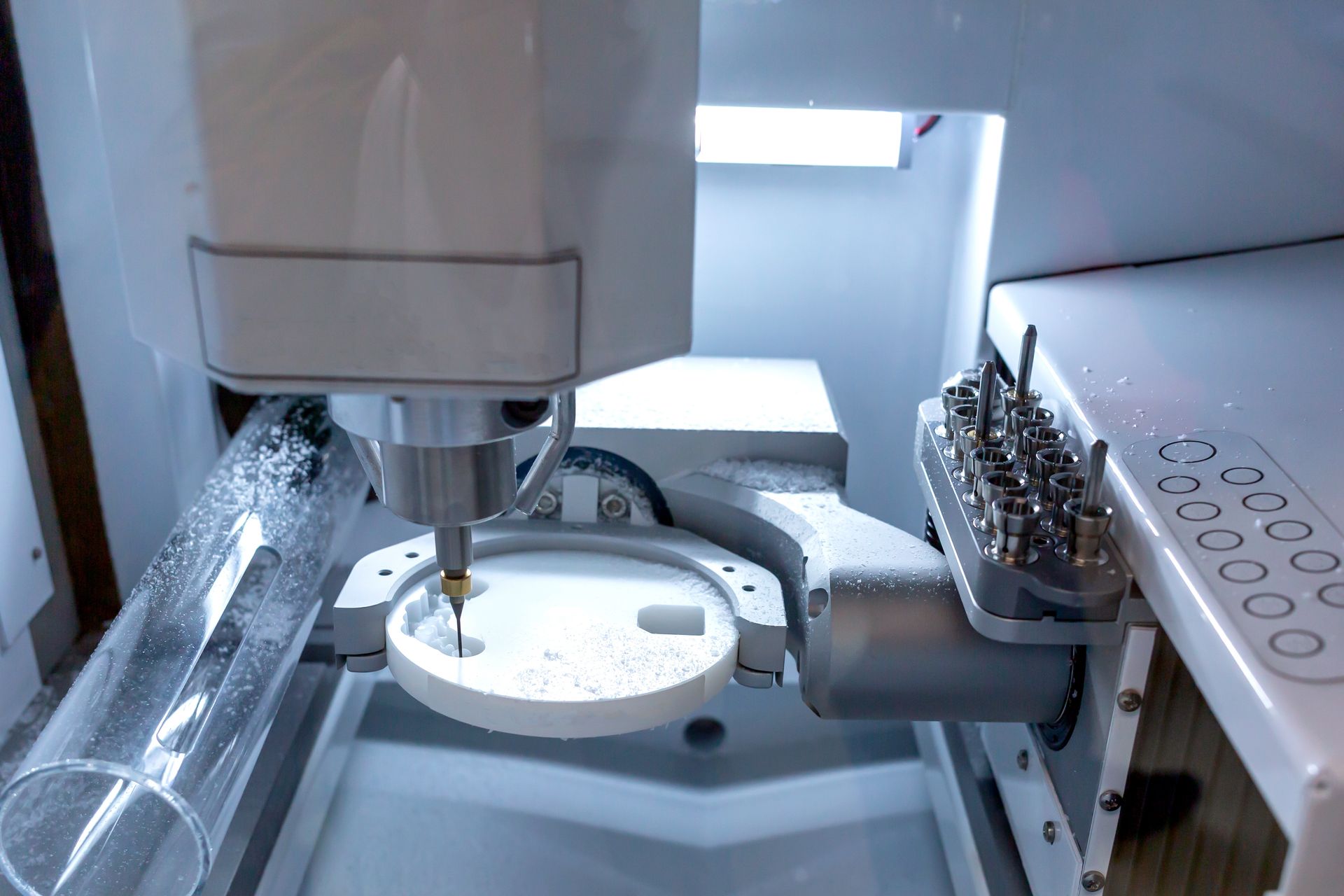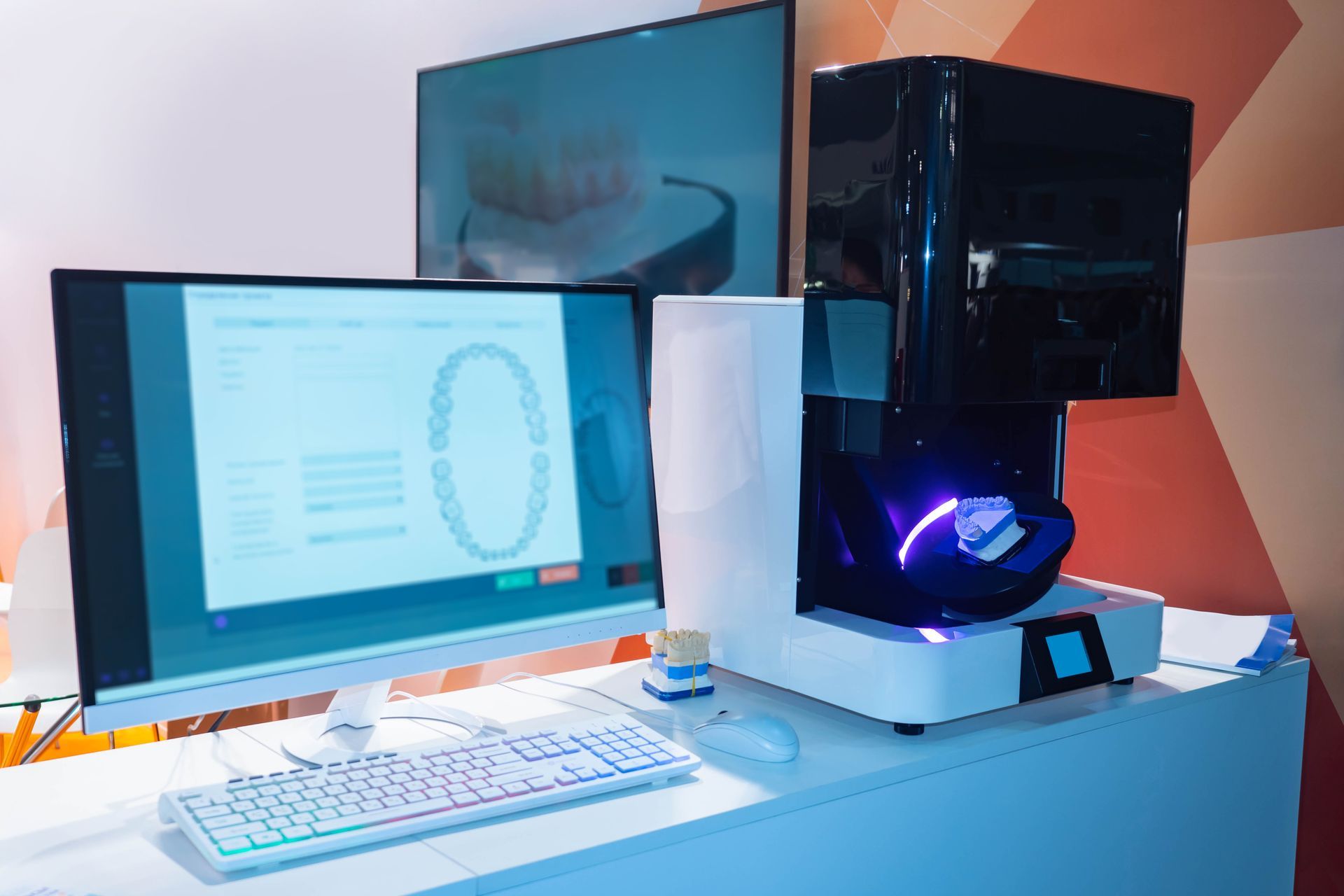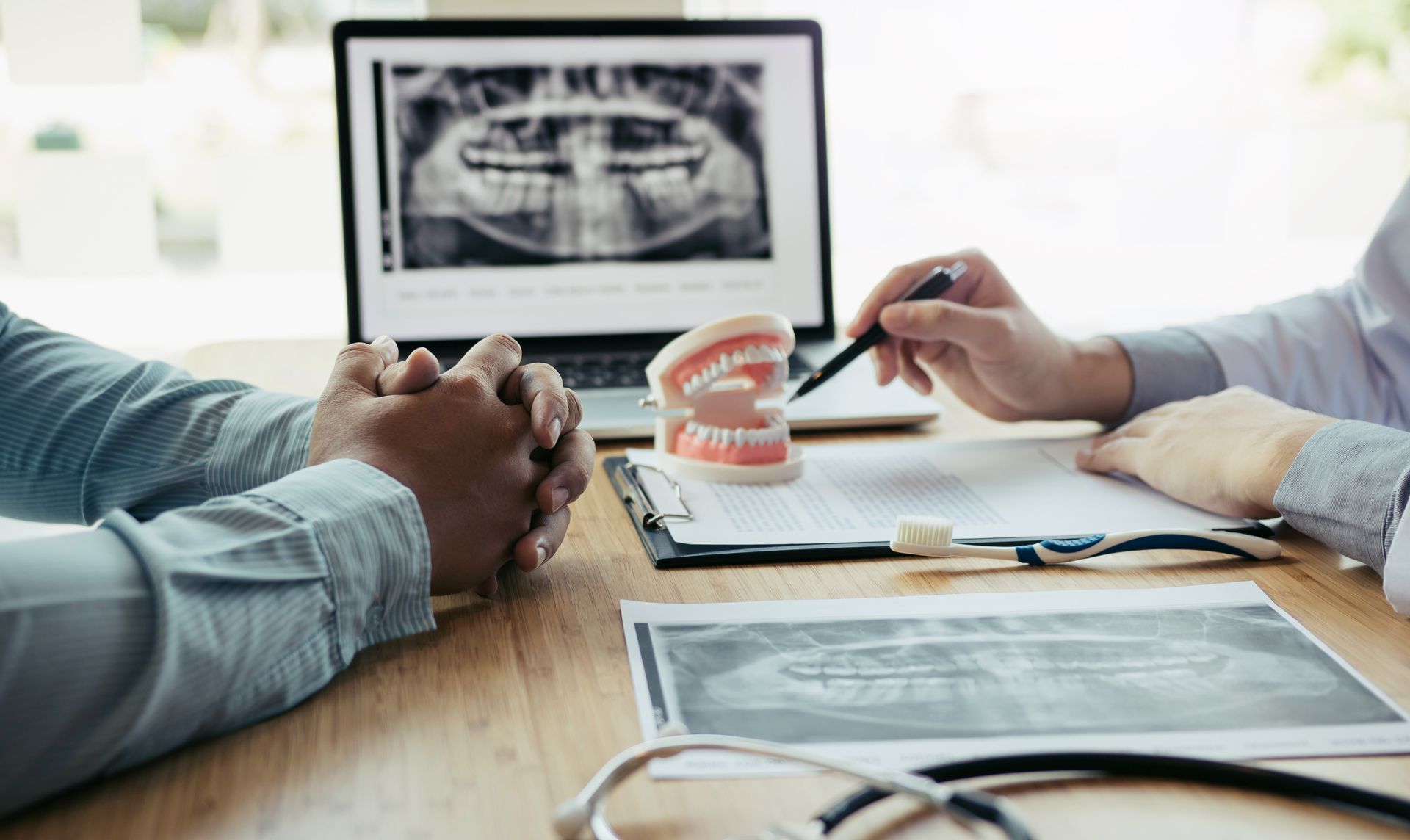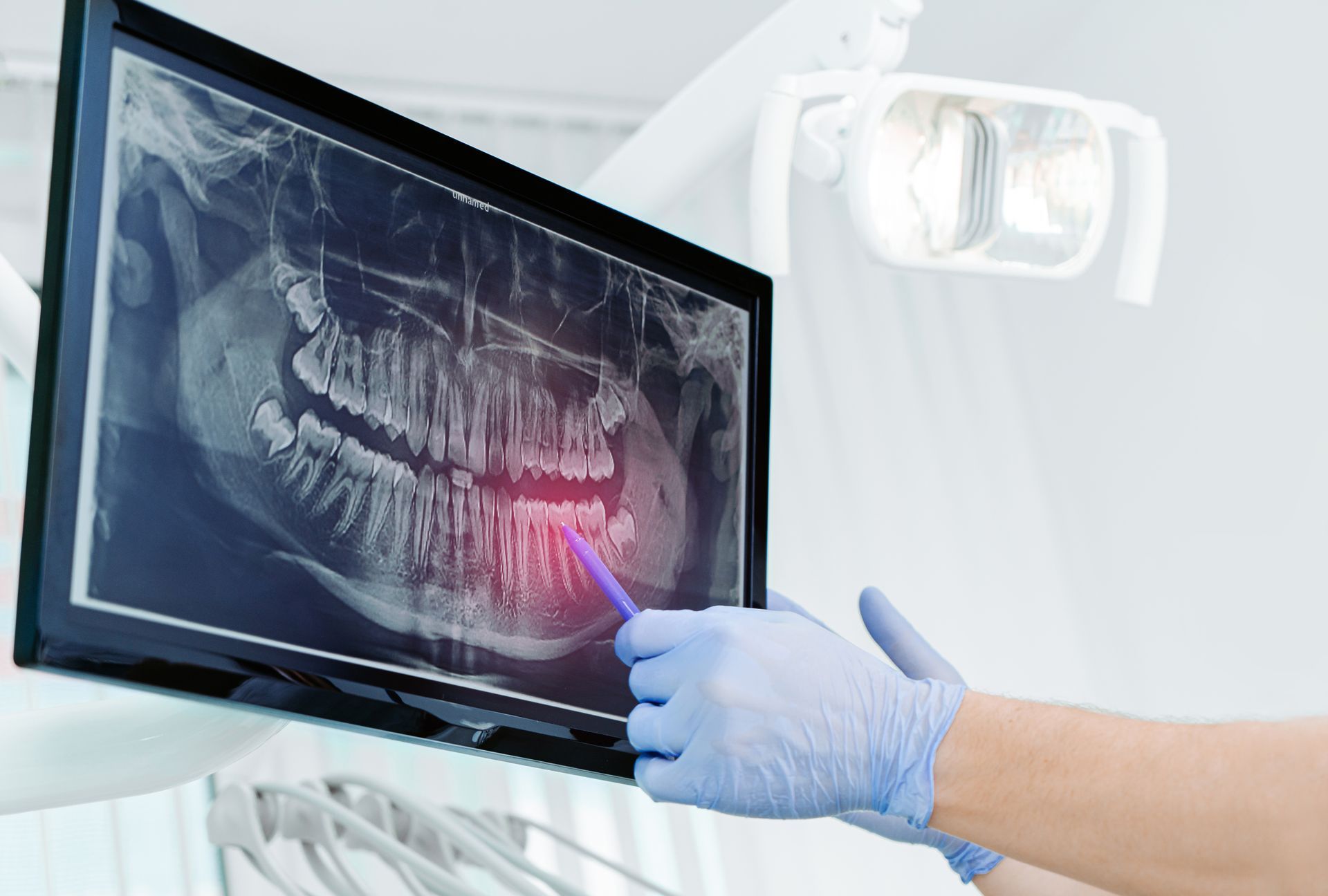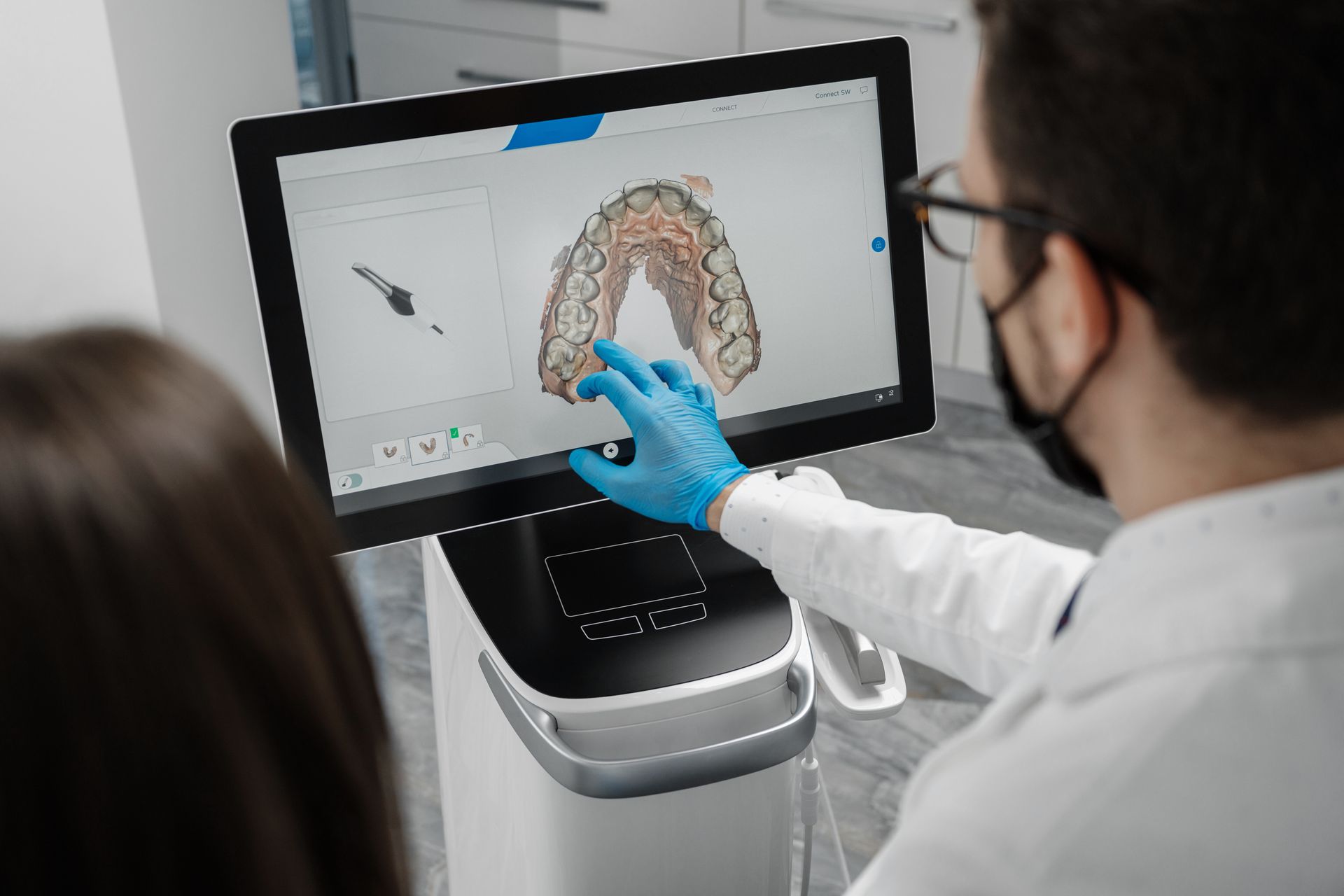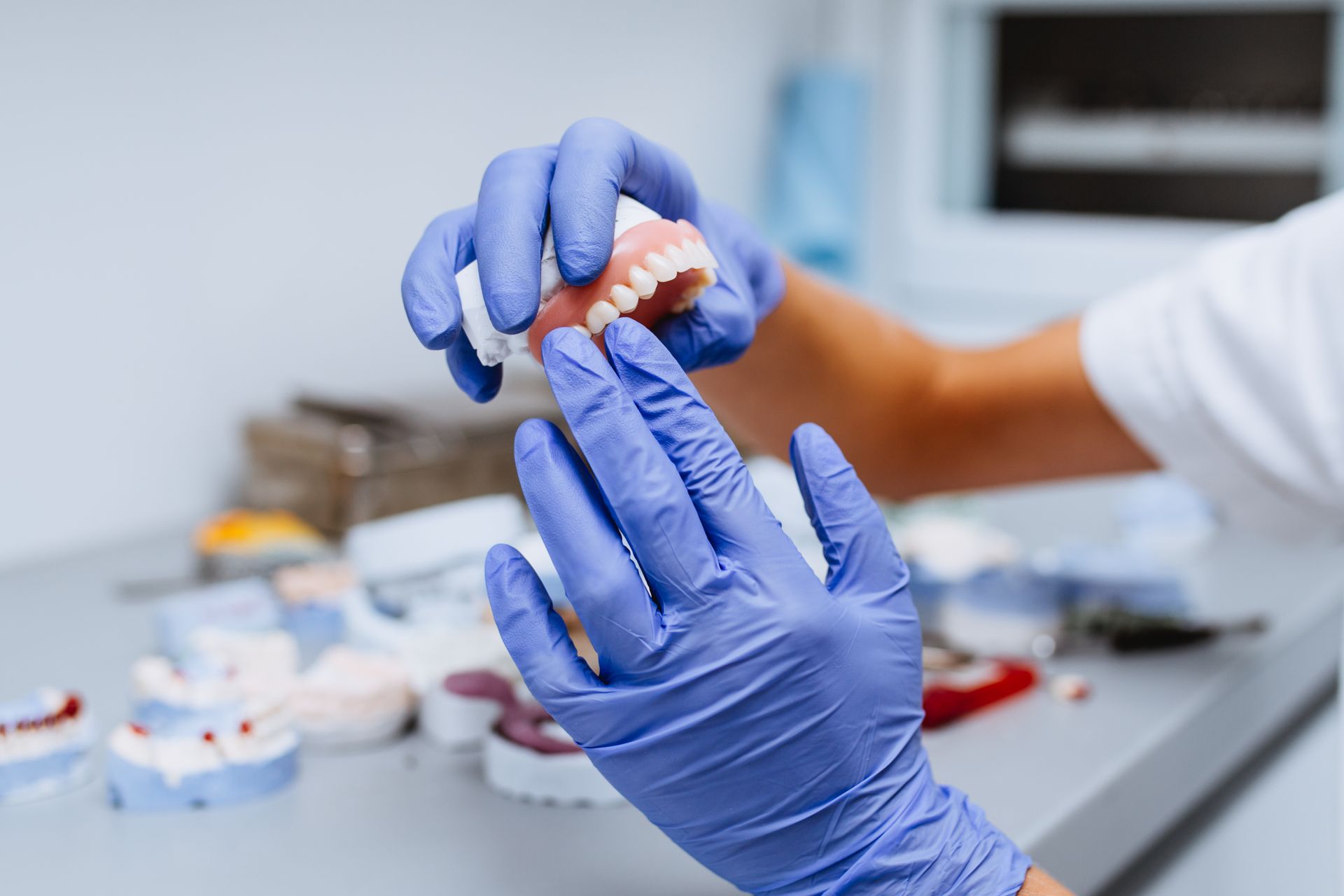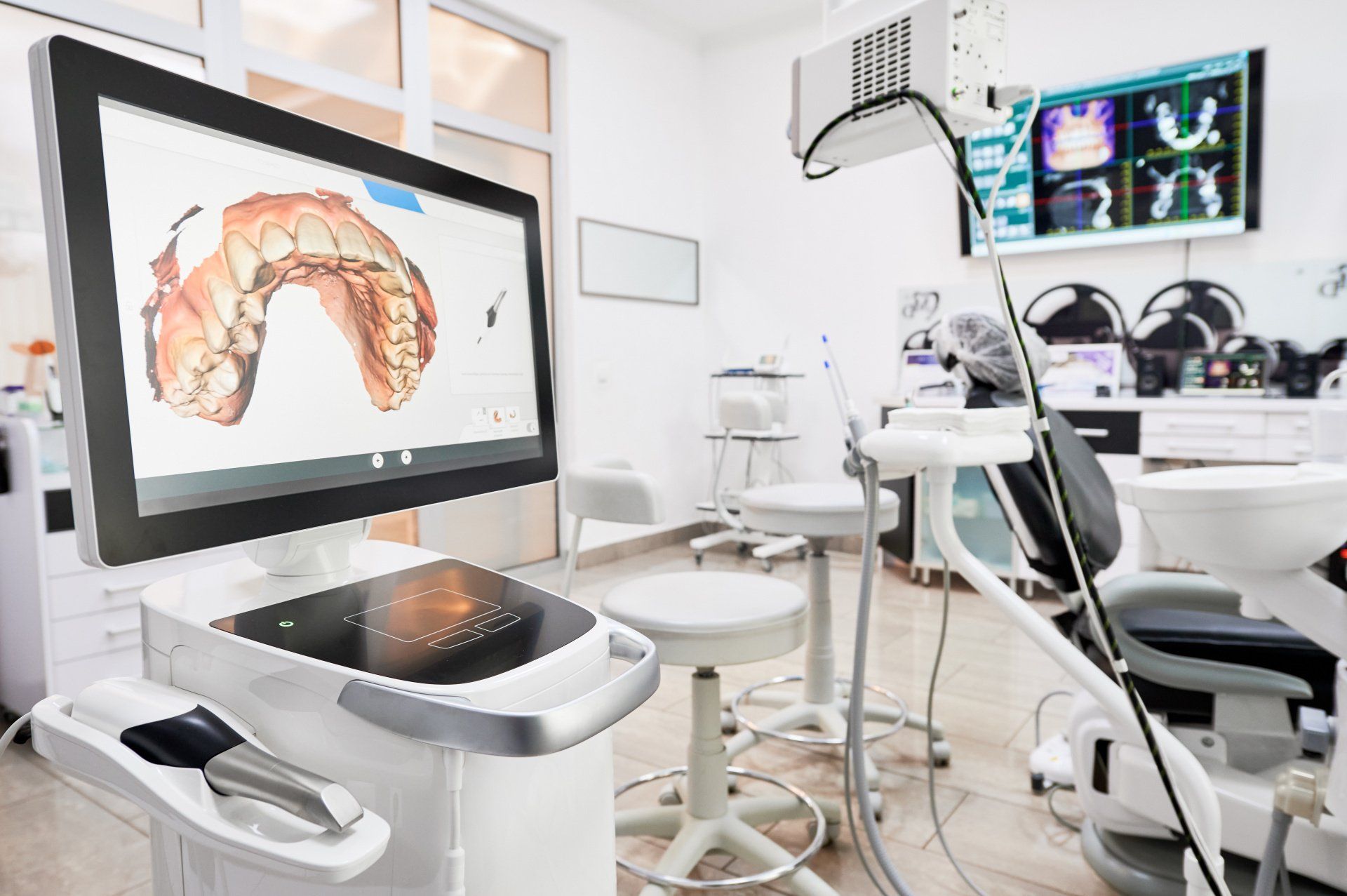Understanding How Technology Changes How We Place Dental Implants
Technology has long been helping improve how we do things, including dental and oral health. Now, clinicians can provide faster and more accurate treatment thanks to new technology, which was emphasized in the creation of dental implants by a Swedish medical researcher in 1952.
Now, technology has made another breakthrough for the dental sector with digitally guided implants, allowing dentists to diagnose and treat cases virtually.
Here’s how technology has improved treatment plans for dental implants:
- Digital Dental Impressions
A digital impression is a virtual scan of your entire teeth. This digital map allows dentists to view your teeth on a computer screen, which is easier compared to the traditional method. A digital impression is captured with a series of digital photographs or a digital video, catching the exact measurements of your mouth.
The captured multiple small images are sent and stitched together by the digital impression machine’s software, recreating a precise map of your mouth. Patients can also view these images on a chair-side mirror.
The advantages of using digital impressions clearly outweigh the benefits of the traditional method. Thanks to technology, treatment is more accurate, efficient, and productive for both patients and dentists.
Moreover, digital impressions are the answer to patients with strong gag reflexes. Digital tech eliminates that factor easily. Furthermore, dentists will no longer scan and email virtual impressions directly to the laboratory, saving time with case fabrication. - Surgical Guides
Surgical guides are the latest development in dental implant technology, which is created using the impressions of the desired surgical implant site and a 3D implant planning system.
A surgical guide replicates the precise surfaces of the patient’s intraoral setting, helping the dentist drill implants into the bone accurately. Once placed on the patient’s jaw, the surgical guide uses sleeves to guide surgical instruments and implant in the right location.
One of its clear advantages is that it is meant for accuracy. Not only does it reduce surgery time, but it also lowers the patient’s trauma, pain, and swelling in the implantation area. That means optimal implant placement and a shorter recovery time. - A 3D Printer
3D digital printing allows for accurate and efficient construction of surgical tools and restoration and reconstruction for patients. The 3D printing process requires the dentist to take a digital impression to map the patient’s mouth using a digital wand.
This wand recreates the exact placement of the patient’s teeth and gums in 3D, which is then saved as a digital file. Computer-aided design and drafting software allow the dentist to digitally design the tooth repair and use a 3D printer for the finished product.
Moreover, 3D printers can print numerous dental implants, including bridges, dentures, crowns, caps, and orthodontic appliances. Other printers can also print the drill guides for the completion of the entire procedure.
3D printing offers a higher form of accuracy because printers convert digital images into exact physical replicas. Also, these printers can print multiple parts at once with little or no waste product.
Conclusion
There is no doubt that technology has been a great aid to advancing the dental and oral health industry. However, the latest advancements offer a major breakthrough, which both dentists and patients can benefit from.
Vitality Tech LLC is a full-service dental lab servicing dental clients across the United States. We specialize in dental implants, fixed prosthetics, and high-end removable dentures. We modernize the dental lab process with the most advanced technology and certified skilled technicians that consistently deliver the highest quality dental products at the best prices. If you’re looking for
mini dental implants or other treatments,
get in touch with us today!
